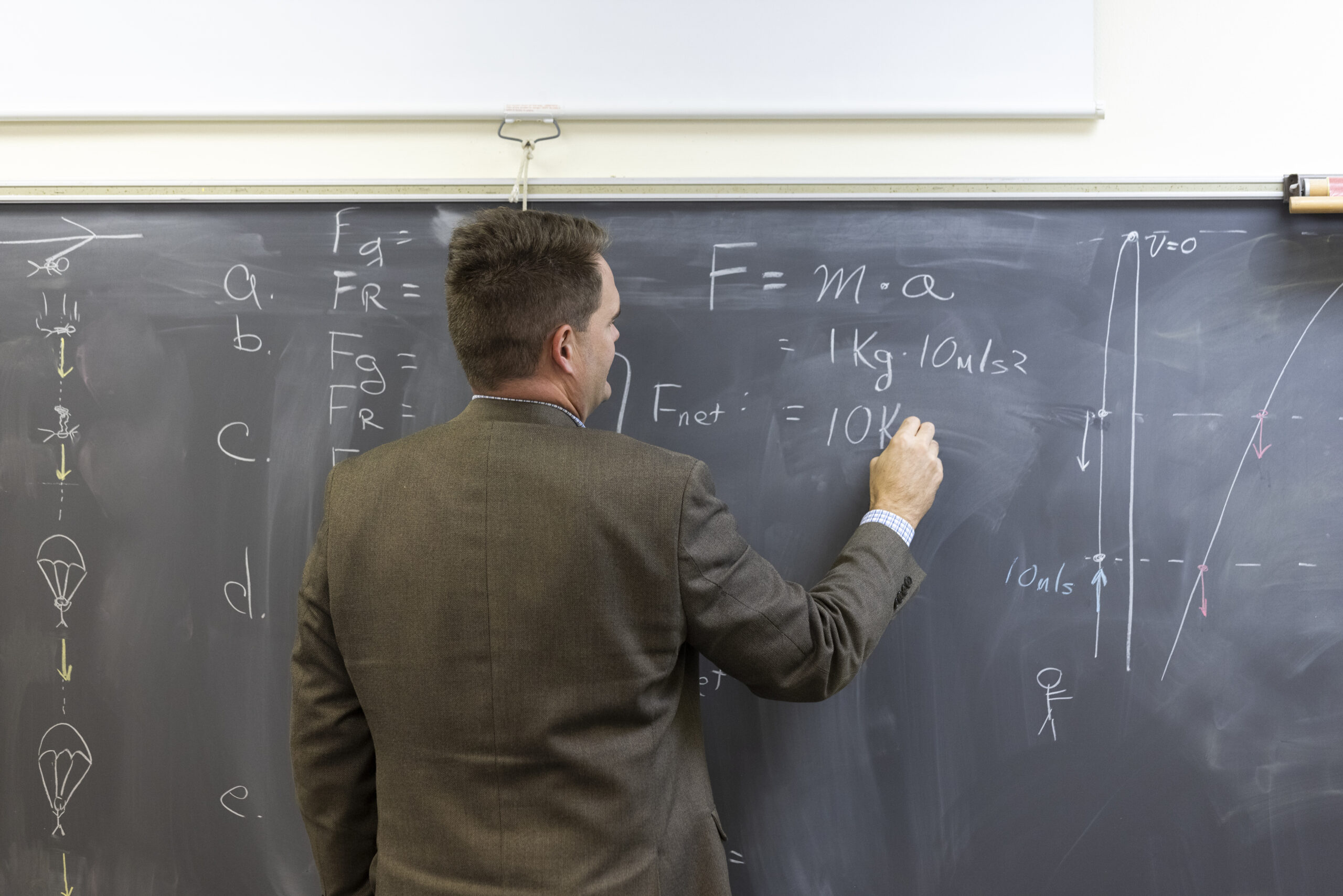In teaching rigorous content, there’s a golden mean between safeguarding students from any glimpse of ‘failure’ and letting them flounder miserably. That sweet spot is what I like to call the zone of desirable difficulties and meaningful mistakes.

Nobody likes to feel like they’re wrong or unable to solve problems, especially adolescents keen on impressing peers and their classmates. But, if we can shift those experiences from painful scenarios to avoid, into learning opportunities to embrace, the potential for learning is wide and deep.
So how do we get students to buy into this concept? Well, it comes down to the frequency and magnitude of the opportunities we embed into our classroom for students to productively struggle, and the feedback we give (or don’t) at these important junctures. Consider the following problem posed to students in my Physics class:
At first glance, this seems like a simple multiple choice type problem that students can just circle their answer(s) for and move on. The key, though, is how you review the solution to this problem. Here’s a couple of ways to consider:
- Have students act out the motion represented by the problem.
- Have students generate a written response answering the question ‘How do you know?’
- Have students create a corresponding velocity graph to justify their solution.
- Have students create a ‘false solution’ to present to their peers in order to stimulate dialogue.
- Do all of the above!
While students can remain comfortable in just circling their answers to this problem and moving on, incorporating the prompts listed above expand the opportunity for deeply learning the concept at hand (interpreting a representation of accelerated motion).
It’s unlikely that students will be able to master every prompt above and share their answers with peers in complete confidence the first time they are working with accelerated position graphs, and that’s okay. The idea is for them to become comfortable with this uncertainty, to be resilient through the creative process of problem solving, and to convert any mistakes made into learning opportunities.
So what feedback should be given while generating the solutions to these prompts? This is where the craft of teaching comes into play.
If students are stumped, probe them with questions, don’t just give them the answer. Encourage them to generate a set of general rules for solving these types of problems.
If students are falsely confident in their answer, encourage them to share their ideas with the class and facilitate a conversation around whether their peers agree or not.
If students are confident and correct, have them create a new scenario to challenge their classmates with.
This process is not a simple task for teachers, as it requires active engagement and live feedback for students based on where they are in their journey of learning the concept at hand. But, engaging in this process frequently encourages students to persevere in problem solving, to correct and revise their ideas through making mistakes, and to learn how to productively struggle, which after all, isn’t that the point?

